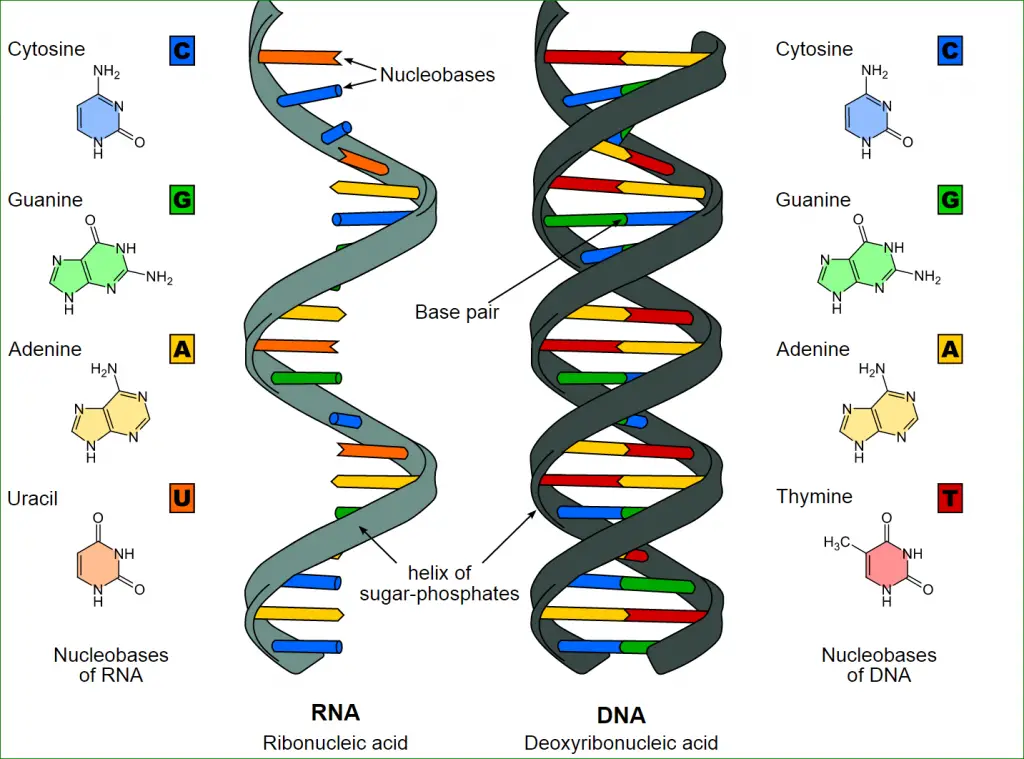 Nucleic acids are found in abundance in all types of living things. Nucleic acids are macromolecules that are found in cells.
Nucleic acids are found in abundance in all types of living things. Nucleic acids are macromolecules that are found in cells.
What are Nucleic Acids?
Nucleic acids are the most important biological macromolecules and are responsible for encoding, transmitting and expressing genetic information. These molecules carry information that enables the production of proteins and replication of the genetic material for the new cells. Nucleic acids are large molecules loaded with small and fine details, the genetic data. Nucleic acids occur in animals, plants, fungi, bacteria, viruses and any other living organism that uses and converts energy.
Nucleic acids constitutes of nucleotide strands, which are made up of nitrogen, phosphoric acid and a sugar containing five carbon molecules. These three elements are the basis of the entire genetic makeup, personality and perhaps intelligence.
What are the Types of Nucleic Acids?
There are two types of nucleic acids: DNA (deoxyribonucleic acid) and RNA (ribonucleic acid).
Deoxyribonucleic Acid (DNA)
Deoxyribonucleic acid or DNA is made up of two strands of nucleotides positioned in the structured of twisted latter, called a double helix. The nitrogenous bases molecules that build DNA’s double-helix are: adenine (A), guanine (G), cytosine (C), and thymine (T). And the sugar used in the composition is 2-deoxyribose.
Adenine is always found combined with thymine and guanine is always paired with cytosine. These bases are joined by hydrogen bonds, which form the treads of the twisted ladder while the sides are made of sugar and phosphate molecules. The nitrogenous bases segments along the strand of DNA form a gene ‘“ the unit that possess the genetic codes and information as well as transmits hereditary data from the parents to the children.
In an organism, every cell contains DNA as they also contain information for the proteins produced by the organism. The function of the proteins is to regulate cell function and influence structure. When a new cell is generated in an organism, the genetic information is reproduced and stored in it. The new cell then creates proteins within it as well as transmits the genetic information to the next new cell.
The sequence of the nitrogenous bases on the DNA strand influences the production of amino acids, which in turn determine the type of proteins produced. The proteins determine the structural elements such as skin, hair or muscle tissue with the body as well as the function these elements would perform such as hemoglobin is for oxygen transportation to all the cells.
Ribonucleic Acid (RNA)
In the ribonucleic acid or RNA the nitrogenous bases used are adenine, cytosine, guanine and uracil. The sugar used in the composition is ribose. The use of uracil in place of thymine and ribose sugar molecules instead of 2-deoxyribose are the main differences between RNA and DNA. In most animals, RNA does not constitute as the major genetic code. It performs in combination to DNA to produce proteins in the body. Many viruses such as human immunodeficiency virus contain RNA as its genetic material. RNA is generated in the nucleus of the cell and there are three major types: messenger RNA or mRNA, ribosomal RNA or rRNA and transfer RNA or tRNA. Messenger RNA copies material from DNA and transport it to the cell for protein productions ‘“ the ribosomes. Ribosomes utilize the information as a blue print to produce proteins. Transfer RNA transport amino acids to the ribosomal RNA for the synthesizing of proteins. The production of RNA is continuous as is its usage, separation into parts and re-usage.
What is the Importance of Nucleic Acids in Disease?
Understanding nucleic acids helps in determining the function of genes as read by the cell and thus, has great opportunities for understanding disease. Genetic diseases are caused when errors are introduced into the genes that DNA carries, which in turn produce faulty RNA and faulty proteins that don’t perform in the intended way. For instance, cancer is caused by damaged DNA as well as interference with process of its duplication or repair. By comprehending the nucleic acids and its mechanism, we can potentially understand how diseases happen and eventually its cure.
Nucleic acids are tiny molecules but they play a major role in the biology of the human body. The main purpose of nucleic acids is to create proteins and replicate the genetic material accurately. Nucleic acids are the molecules that carry the genetic coding from parent to child. The identification of nucleic acids and its role as the carrier of genetic material has enabled scientist to explain the mechanism for the theory of evolution and theory of genetics. There is an extensive scope for research on the matter as there is a lot of information we don’t yet possess about nucleic acids ‘“ DNA & RNA. Scientists have discovered that diseases occur due to error in the genes and proteins, but further understanding can help scientists decode how exactly diseases occur and ultimately how to cure them.

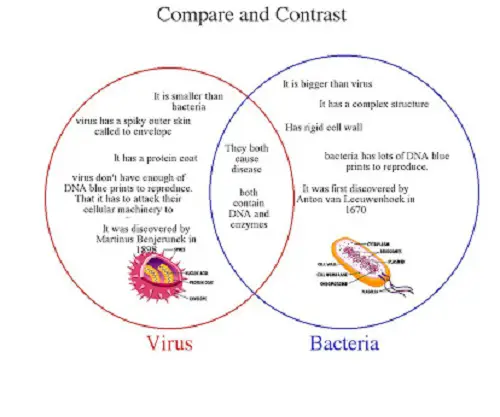
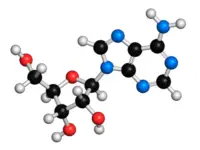
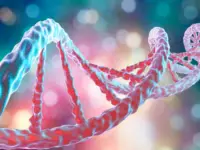
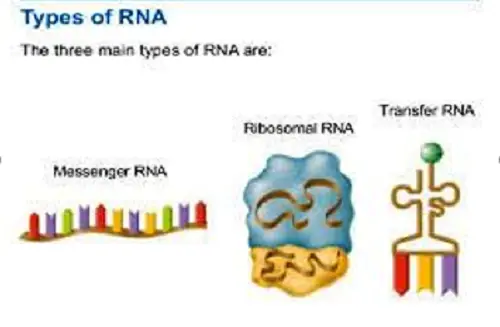
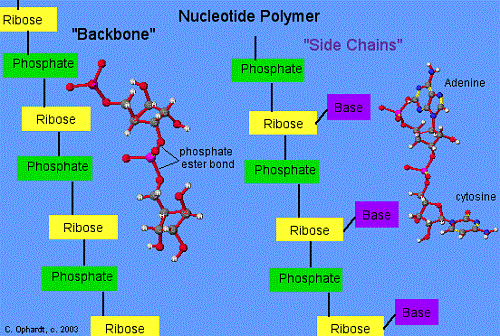






Leave a Reply